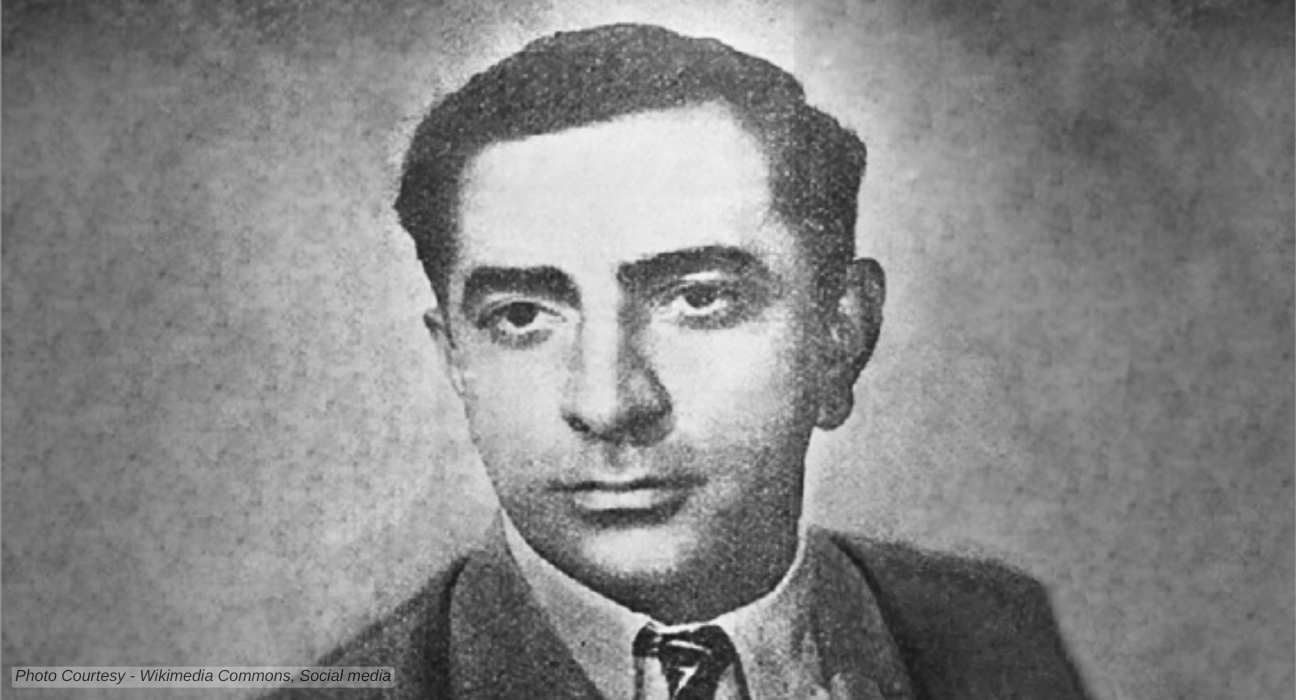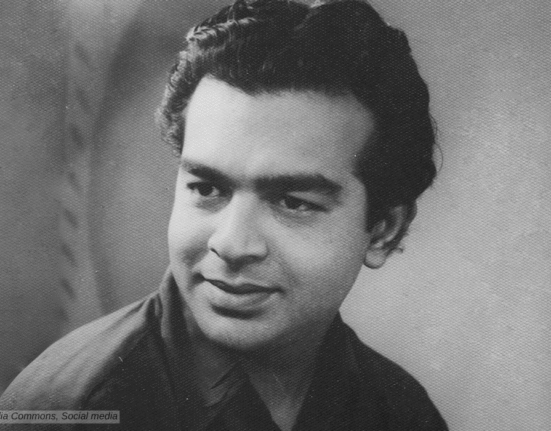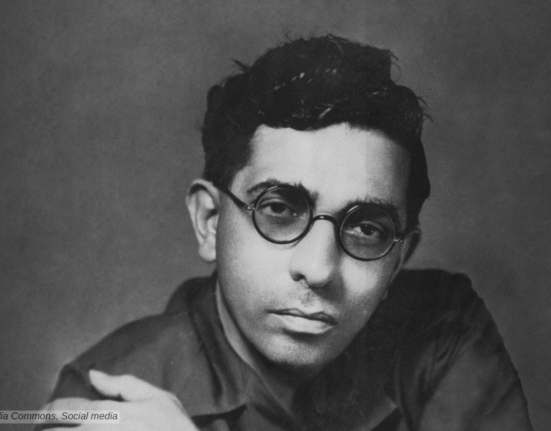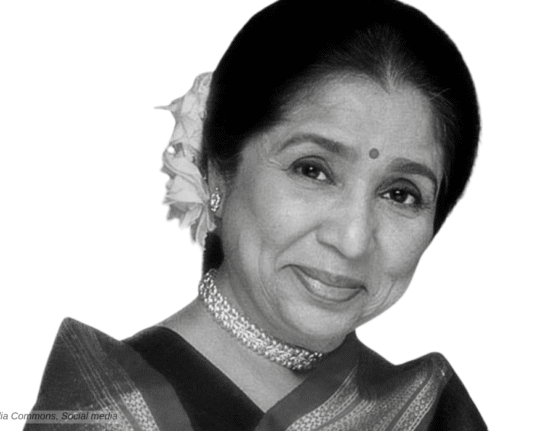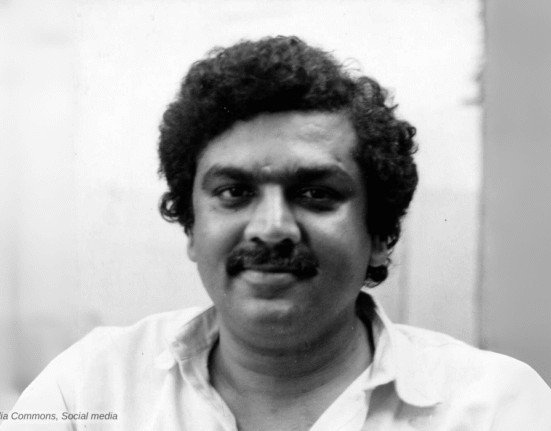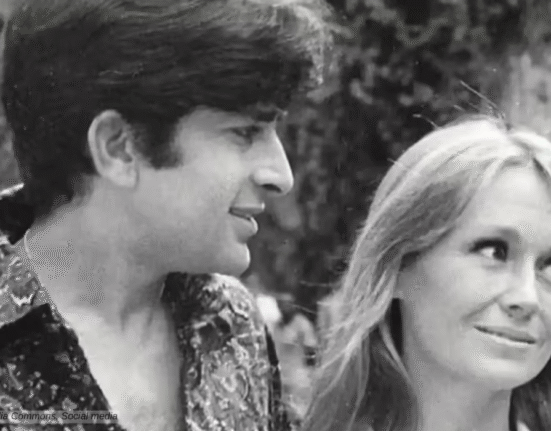Homi Wadia, the younger brother of JBH Wadia, was a legendary filmmaker and screenwriter, and the founder of Wadia Movietone Studio, a production house that became synonymous with action-packed adventures and fearless heroines.
Early Life
Homi Wadia was born on May 22, 1911, into the famous Wadia family in Surat. He belonged to a prominent Parsi family known for shipbuilding. His great-grandfather, Lovji Nusserwanjee Wadia, founded the Wadia Group in 1736. The Wadia family had built ships like the HMS Trincomalee and many more. The family moved to Bombay in the 18th century, settling into a mansion called Lowjee Castle in Chembur.
Homi grew up in a conservative household. he completed his schooling in Bombay. His family prioritized traditional careers, but Homi and J.B.H. chose cinema. Their mother, Dhunmai, disapproved of their career shift, creating early tension. Homi Wadia left college after just one day to pursue his passion for filmmaking and joined his brother as his assistant. J.B.H., already a director, mentored Homi. He acquired expertise as a cinematographer while working with his brothetr. In 1931, Homi debuted as a cinematographer on Thunderbolt (Dilair Daku), a silent stunt film. He used a cheap camera to shoot daring scenes.
In 1933, Homi co-founded Wadia Movietone with J.B.H., distributor Manchersha B. Billimoria, and the Tata brothers Burjor and Nadirsha Tata,. The Tatas left after three years, but the Wadia brothers continued. The production house later became synonymous with action-packed adventures.
Homi Wadia and Nadia

One of the most significant collaborations of Homi Wadia was with Fearless Nadia. She was spotted by his brother, J. B. H. Wadia, in a circus. J. B. H. was so impressed by her athleticism that he cast Nadia as a slave girl in the 1933 film “Desh Deepak” and then as a stuntwoman in “Lal-e-Yaman.”
In 1935, J. B. H. Wadia gave her the role of a lifetime in his directorial debut, “Hunterwali,” which was directed by Homi. Initially, Homi was skeptical about her casting but went along with his brother’s faith. In “Hunterwali,” Nadia played vigilante princess Madhuri, who fights injustice and treason in her father’s kingdom by going undercover with a whip and a mask. The movie became a smash hit at the box office and was one of the top films of the decade. It was the birth of “Fearless Nadia” and also established Homi as a director of repute.
She went on to star in many movies directed by Homi Wadia, like Miss Frontier Mail (1936), Punjab Mail (1939), Diamond Queen (1940), Bambaiwali (1941), Jungle Princess (1942), Hunterwali Ki Beti (1945), Flying Prince (1946), 11 O’Clock (1948), Dhoomketu (1949), and Jungle Ka Jawahar (1953), among others. In 1967–68, when she was in her late 50s, she appeared in a James Bond spoof called Khiladi (The Player).
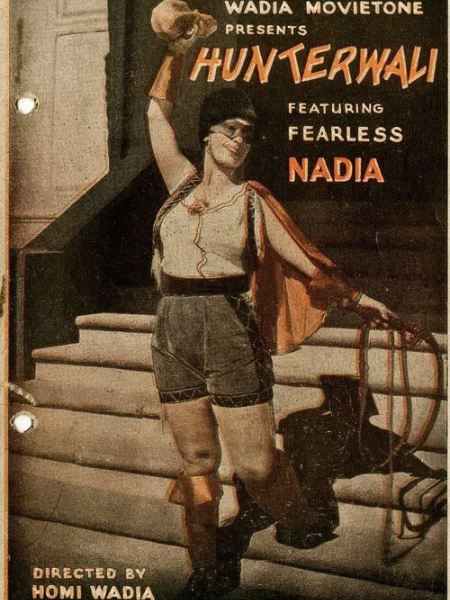
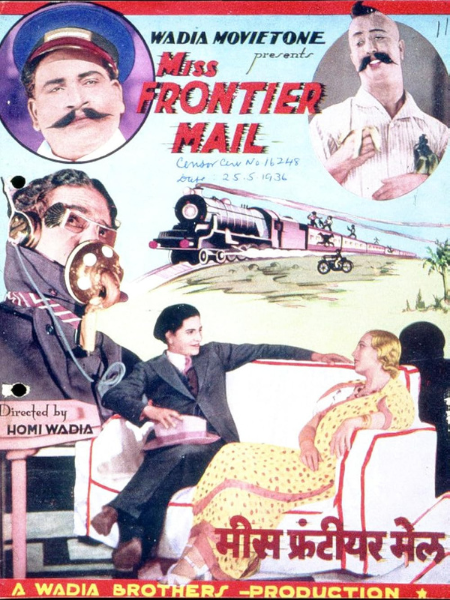
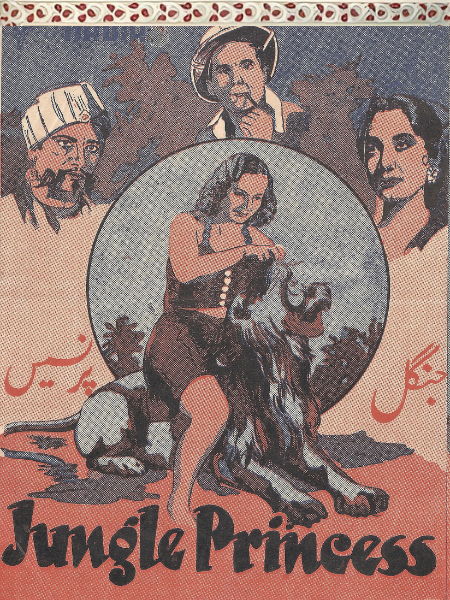
Wadia also directed Hind Kesari (1935), Toofani Tarzan (1937), Lutaru Lalna (1938), Vanaraja Karzan (1938), and Ekta (1942) for Wadia Movietone.
Basant Pictures
In the early 1940s, Homi moved out of Wadia Movietone due to some creative differences with his brother. Although the brothers separated their film business, they continue to support each other. Homi even directed a few movies for Wadia Movietone. In 1942 Homi also established Basant Pictures, marking the beginning of a new chapter in his illustrious career. Under this banner, he continued to produce films that captivated viewers, such as Bachpan (1945), Flying Prince (1946), Amar Raj (1946), and Balam (1949).


His work not only entertained but also pushed the boundaries of the film medium, blending mythology, adventure, and romance into unforgettable cinematic experiences. Some of his mythological films include Shri Ram Bhakta Hanuman (1948) with S. N. Tripathi and Trilok Kapoor, Shri Ganesh Mahima (1950) with Meena Kumari and Mahipal, Hanuman Patal Vijay (1951) with S. N. Tripathi, Sampoorna Ramayana (1961) with Mahipal and Anita Guha, and Shri Krishna Leela (1971) with Sachin, Hina, and Jayshree Gadkar.
Wadia also made many films with fantasy elements, like Aladdin Aur Jadui Chirag (1952), Alibaba and 40 Thieves (1954), Hatim Tai (1956), Zimbo (1958), Zabak (1961), Char Dervesh (1964), Alibaba and 40 Thieves (1966), Toofan Aur Bijlee (1975), and Adventures of Aladdin (1978).
Homi’s directing style focused on spectacle and accessibility. He prioritized stunts, often shooting on real locations like moving trains for Toofan Mail. In Thunderbolt, he hand-painted a dance sequence frame by frame, a month-long process, showcasing his experimental side. Homi valued practical effects over elaborate setups, using minimal budgets for maximum impact. He directed actors to perform with raw energy, as seen in Nadia’s fearless stunts. Homi rarely acted but took small drama roles in theater. His films often carried social messages, like women’s empowerment in Hunterwali.
Legacy of Wadia Brothers
The Wadia brothers have one more very important achievement in their bag. As responsible and aware citizens of India, they were also aware of political activities in India before 1947. Some of their notable work includes documentary newsreels, The Indian Gazette, feature-length documentaries, Haripura Congress, and other political events related to the freedom movement in India, like people’s protests, rallies of Congress and other parties, and rallies of leaders like Mahatma Gandhi.
Later on, they donated all their photos and short movies to the government and other museums. Whatever photos and reels we see today from times before 1947, most of them were shot by the Wadia brothers. These pictures and reels of historical documents give us an idea about the struggle of our people during the freedom movement of India. And all credit goes to the Wadia brothers.
The Wadia brothers also recorded early classical and semi-classical musicians and singers under the Wadia Movietone’s Variety Programme. It featured legendary artists like Feroz Dastur, Bal Gandharva, Malika Pukhraj, and Pandit Tirthankar, among many others.
Personal Life
Beyond his contributions as a director and producer, Homi Wadia was also a founding member of the Film & Television Producers Guild of India, established in 1954.
Homi Wadia was married to the actress and stuntwoman Fearless Nadia, a partnership that not only flourished on screen but also off it. Together, they were a force that defined an era of Indian cinema characterised by bravery, innovation, and a spirit of adventure.
In 1981, he got into a labour dispute with union leader Datta Samant, which led him to take the decision to close the Basant Studios. Homi Wadia died at the age of 93 in Mumbai in 2004
Homi Wadia on IMDB



